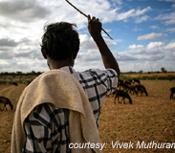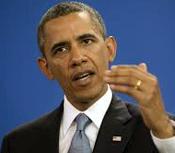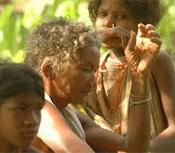Dhamaal Growth
Dhamaal Growth

At one point in the epic Mahabharata, the pandavs and kauravs go to warfare school. Amid thick forests, they train hard. Then, the time comes when they must leave. Yudhister, the eldest pandav, gifts the space as guru dakshina to his guru, Dronacharya.
In time, there came up a town appropriately called: Gurugram. Today, it's called Gurgaon. A water tank in Dronacharya's name still exists there. It's an extremely dilapidated link to an episode in an epic tale. And all around it, it is loudly announced that Gurgaon has fast-forwarded into the 21st century.
Growth has been a "dhamaal' in Gurgaon. State government and private developers became partners. Hand-in-hand (glove, too) they promised the "valuable' and "modern' consumer "a huge leap forward', "an altogether different experience':
Item: 24-hour electricity, "spacious' accommodation, modular Italian kitchen, non-modular American furniture, 24-hour running water, bar (with club and swimming pool, also banquet hall for "private parties'), "conference possible', hectares of office space, jogging track, 24-hour security, "soothing' greenery, gymnasium, peace.
Item: Choked sewers, plummeting groundwater, diesel fumes, noisy gensets, and traffic jams.
Millennium city, India's Singapore, Nirvana Country. What happened after Gurgaon got colonyfied? Why have private colonyfiers washed their hands off the city's problems? What's with this apparently booming model of city planning and urban development?







